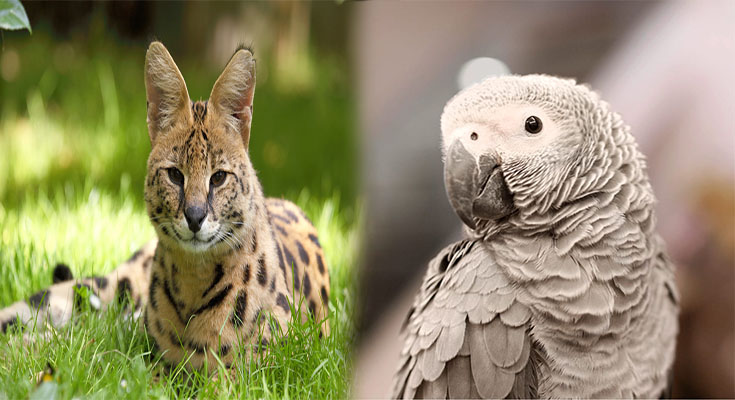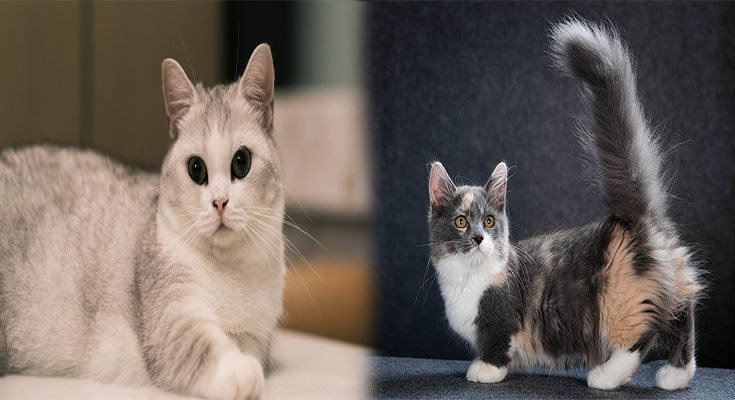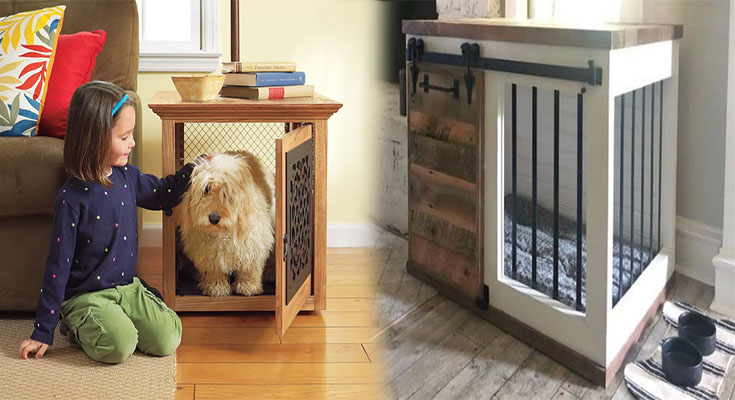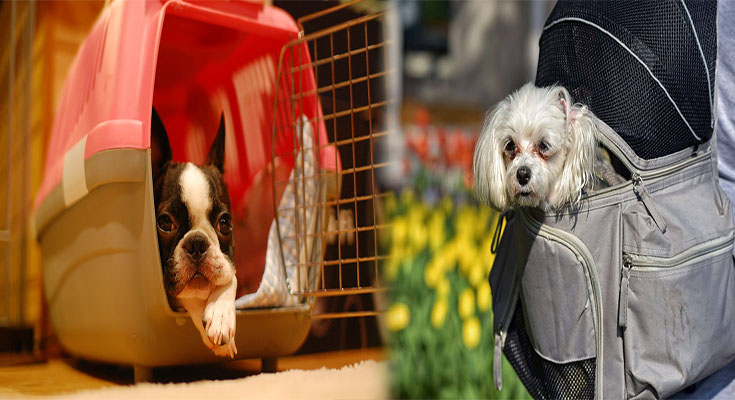
Taking Care Of Exotic Pets
The fact that you are reading this article means one of two things. Either you have already decided to get an exotic pet and are looking for information on how to care for them, or you have not yet made up your mind about getting one but would like some tips on how to go about doing so. Either way, this article will help guide you through the process of deciding if getting an exotic pet is right for you and give you some information on how to care for one properly once it arrives at your doorstep (or wherever).
Hedgehogs
Hedgehogs are nocturnal and social animals, so they’ll need to be kept in a cage with a lid. Hedgehogs also need to exercise on a wheel, which you can buy at any pet store. The bedding should be changed often to keep it clean and safe for your hedgehog, …
Taking Care Of Exotic Pets Read More



